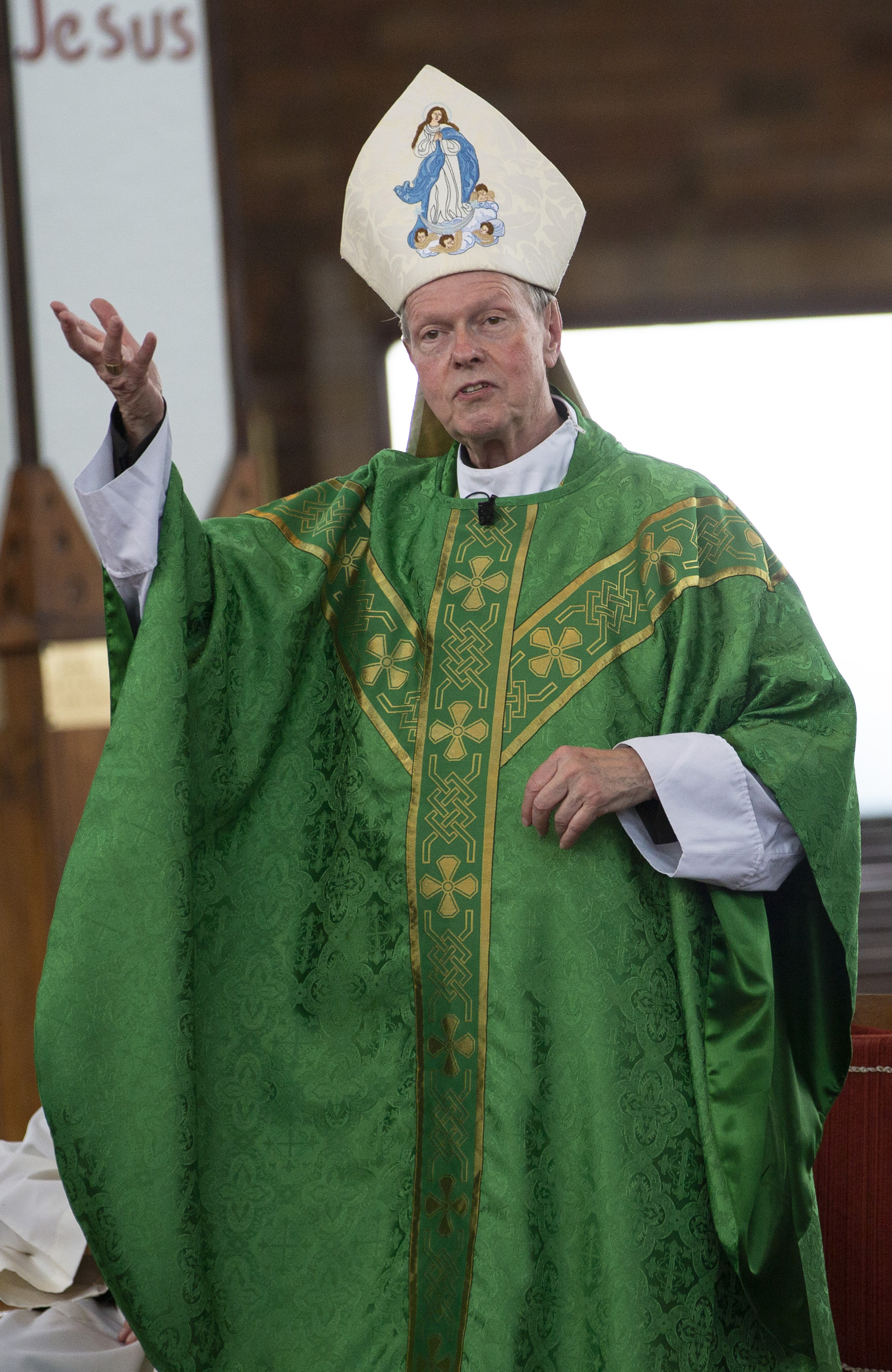April 16, 2019 at 2:51 p.m.
Alleluia, the tomb is empty!
“On that first day of the week, Mary Magdala came to the tomb early in the morning, while it was still dark, and saw the stone removed from the tomb.” (John 20:1-9)
Why did Mary Magdala go to the tomb early in the morning on that first day of the week? We can presume for the same reason as told in the Gospel of Luke 24:1-12, to anoint the body of Jesus with spices as was the Jewish custom. We also know from the passion narrative that there was no time to anoint the body of Jesus on Friday, the day Jesus died on the cross, because the Sabbath began at sundown. There was only time to place Jesus’ body in the tomb.
Mary Magdala goes to perform the ritual custom as proscribed by the law. to anoint Jesus’ body. We are not told in the John 20:1-9 if Mary Magdala was alone or if she was with other women when she went to the tomb. We are given a hint that she was not alone from her telling of the incident to Peter and John the Beloved disciple: “They have taken the Lord from the tomb, and we don’t know where they put him.” (John 20:2)
The Resurrection account from the Gospel of John 20:1-9 tells us that, while it was still dark, Mary Magdala arrived at the tomb and saw the stone rolled away. We are not told that the tomb is empty or if Mary investigated the tomb. We are told that she runs back to tell Peter and the disciple whom Jesus loved that the stone was rolled away. Mary leads Peter and John the Beloved Disciple to the tomb. So, Peter and John the beloved disciple run to the tomb and find it just as Mary Magdala had said, the stone was rolled away. The passage tells us that John reaches the tomb first, but he does not go in; he waits for Peter. It is Peter who goes in first, this is a reference to Peter having the position of leadership among the other Apostles. When Peter bends over and sees the empty tomb, he sees the burial cloths are in separate places in the tomb. What does this mean? It is a sign that the body was not stolen, but that the risen Lord had removed the cloths and left them in two separate places.
Peter and the other disciples believed the tomb was empty but did not yet understand what empty really meant. The empty tomb and the experience of the resurrection would motivate the disciples to preach the Kerygma of the Church. What is that Kerygma? We hear it in the first reading from Acts of the Apostles 10:34, 37-43: “We are witnesses of all he did.” Their witnessing compels them to proclaim the Kerygma which is the story of the life, death and resurrection of Jesus Christ. The proclamation of the Kerygma of the Church is a profession of faith that helps to bring others to believe.
Mary Magdala brought Peter and the disciple whom Jesus loved to the tomb where the stone was rolled away. She was witnessing to her faith in Jesus by leading the others to the tomb. We all have a share in the preaching of the Kerygma of the Church; bring others to the empty tomb so that they can witness themselves that the tomb is empty. St. Paul’s letter to the Colossians 3:1-4 invites us to do just that: “If then you were raised with Christ, seek what is above, where Christ is seated at the right hand of God.”
The Easter mystery reminds us to proclaim the Kerygma of the Church by proclaiming the words of the Psalm response from Psalm 118: “This is the day the Lord has made; let us rejoice and be glad.”
Mary Magdala proclaimed the Kerygma of the Church by leading Peter and the disciple Jesus loved to the empty tomb. We are all called to be Mary Magdala to others and lead them to the empty tomb.
- Full text: Pope Leo XIV Angelus address on Jan. 1, 2026
- Full text: Pope Leo’s homily on Jan. 1, the feast of Mary, Mother of God
- New year marks time to usher in era of peace, friendship among all people, pope says
- Tragic New Year fire in a ski resort bar kills ‘several dozen’ in Switzerland
- ‘Hope does not disappoint:’ A Jubilee for the history books
- God’s plan of salvation greater than today’s ‘weaponized strategies,’ pope says
- Take time to review the past year with God, Pope Leo suggests
- Missionary on the move: Where Pope Leo XIV might travel next in 2026
- Dispensation in Columbus Diocese for those who fear immigration crackdown pursuit
- Puerto Rico Catholic governor signs historic personhood law for the unborn







Comments:
You must login to comment.